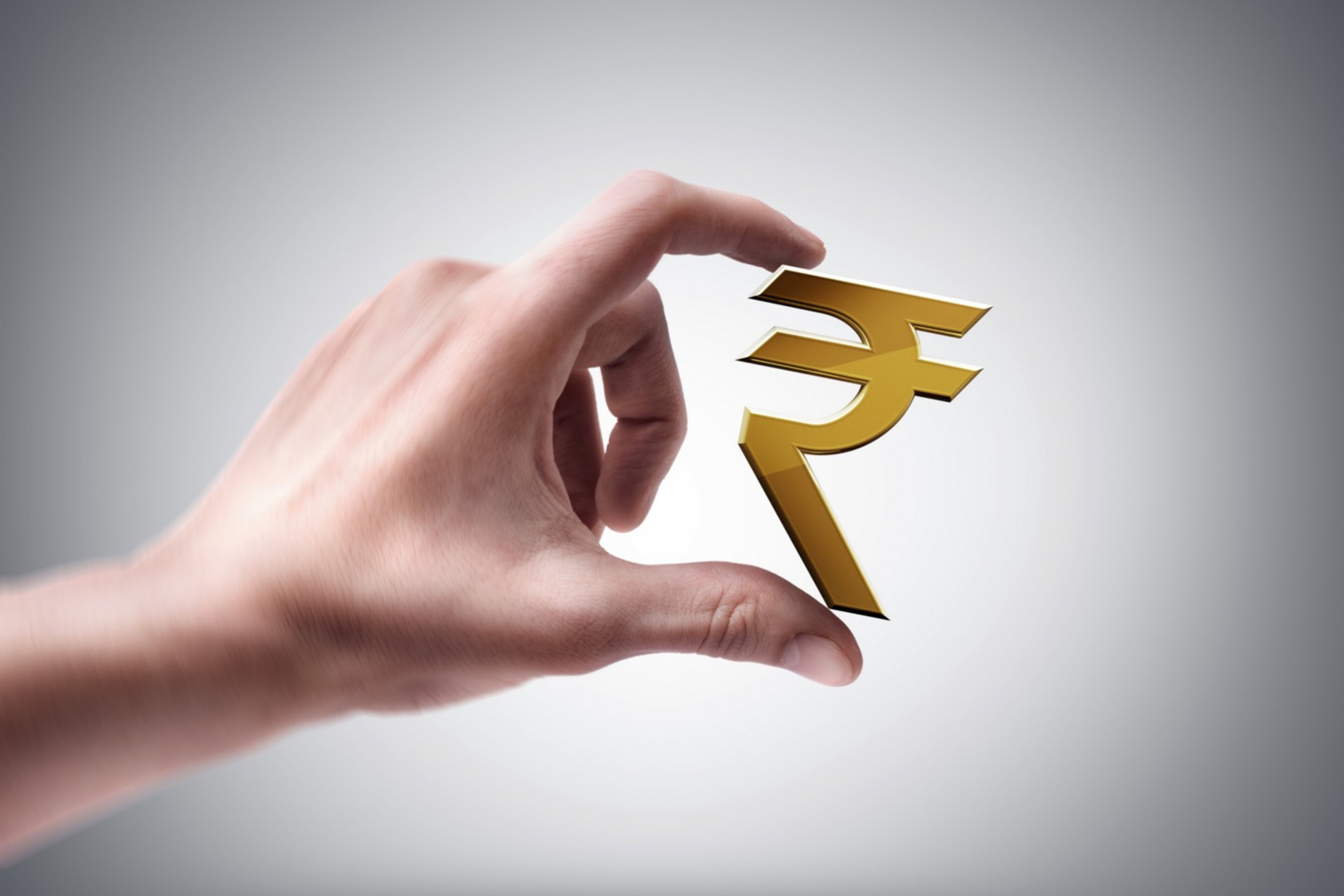EY refers to the global organization, and may refer to one or more, of the member firms of Ernst & Young Global Limited, each of which is a separate legal entity. Ernst & Young Global Limited, a UK company limited by guarantee, does not provide services to clients.
How EY can help
-
Tax policy advisory services by EY India offers insights & strategies to navigate complex tax regulations, driving business growth and compliance.
Read more
Further, the conversion of this higher fiscal/primary deficit to GDP ratio into debt depends on the excess of growth over the interest rate. This difference for the two groups is nearly equal at 2.0% points (BRICS+) and 2.1% (G7) considering the average during 2015-2024. The debt-GDP ratio for the BRICS group was lower than that of the G7 group, thereby giving them greater fiscal room to stimulate the economies.
Future role of G7 and BRICS+
Two economically strong and relatively cohesive country groups, namely the G7 and BRICS+, are emerging. The two groups are slated to play a major role in global economic leadership, global trade, management of global exchange rates and international economic cooperation. They played critical roles in combating two recent global crises that happened in 2008 and 2020. In this process, governments in both groups also became heavily indebted, which progressively reduced their capacity to fiscally combat any current or future crisis. However, a G7 and BRICS+ comparison shows that the BRICS+ group is better placed to fiscally combat any major economic crisis as it has a lower debt-GDP ratio, access to higher primary deficit, and a near equal excess of growth over interest rate.







